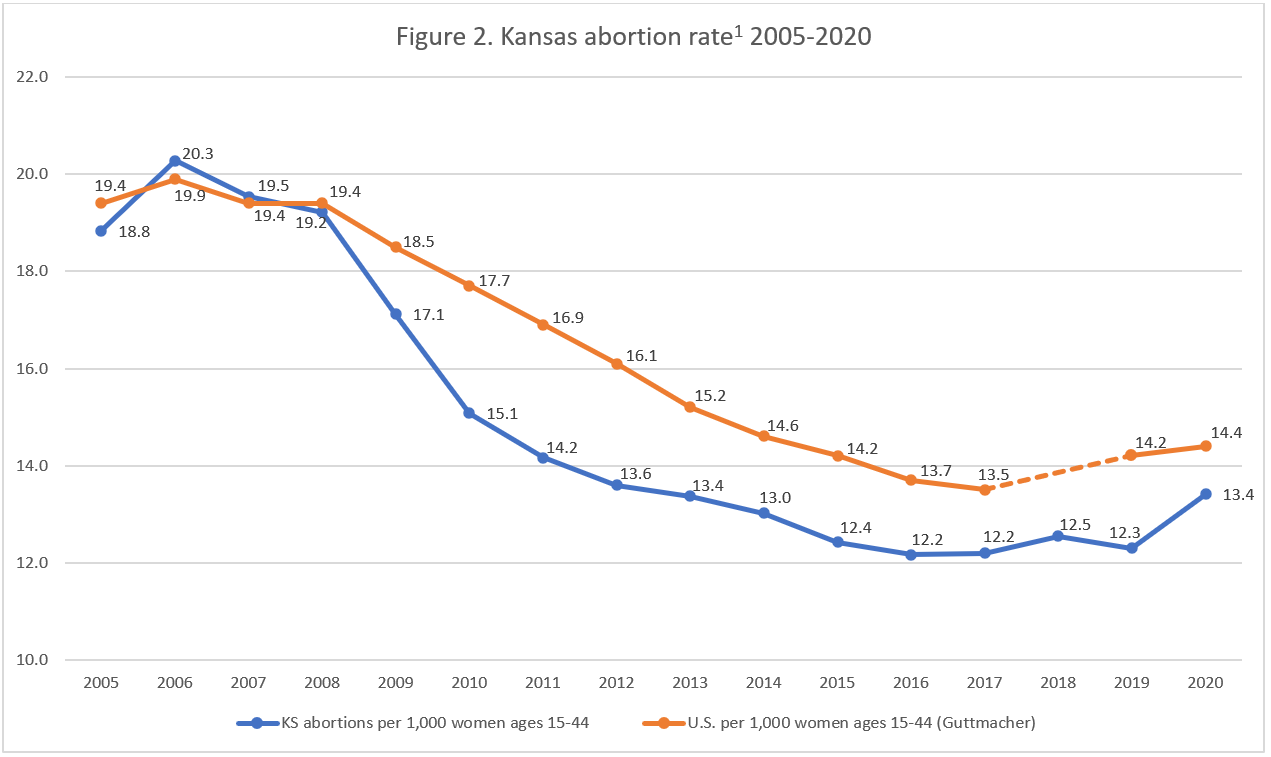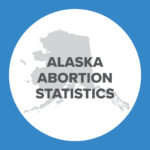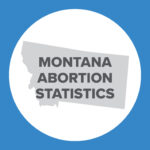Abortion Reporting: Kansas (2020)
Kansas has published preliminary 2021 statistics; CLI will post a summary when the full report is available.
Kansas’ preliminary 2020 abortion report was published online in June 2021, and the final report was published in December 2021.
Statistics and Changes in Kansas Abortions, 2019-2020

The report does not include information on Planned Parenthood’s Kansas abortion market share.
Abortion Totals and Trends
There were 7,546 Kansas abortions reported in 2020, an increase of nine percent from 2019 (Fig. 1). Chemical abortions jumped 14 percent from the previous year, making up two-thirds of Kansas abortions in 2020. Kansas’ abortion rate rose by nine percent to 13.3 abortions per 1,000 women of childbearing age, close to the national rate (Fig. 2). As of October 2022, 36 states had released 2020 abortion statistics, with 23 states showing that abortions had increased from the previous year.
State Report Summary
Forty-eight percent of Kansas abortions were performed on Kansas residents (including 20 abortions on Kansas women who traveled out-of-state for their abortions). Fifty-two percent were performed on women from other states or countries.
Ten percent of Kansas abortions were performed on girls under the age of 20. Thirty-one percent were performed on women ages 20 to 24, and 29 percent were on women ages 25 to 29. Twenty-seven percent were obtained by women in their thirties, and three percent were on women ages 40 and older.
Just over half the abortions (52 percent) were performed on non-Hispanic white women. A quarter were obtained by non-Hispanic black women, and four percent were on Asian or Pacific Islander women. One percent were performed on Native American women, and four percent were on women of other races. Fifteen percent of the abortions were performed on Hispanic women.
Eighty-five percent of Kansas abortions were performed on unmarried women, compared to 15 percent on married women. A majority of the women had been pregnant before: 20 percent of the abortions were performed on women with one prior pregnancy, and 50 percent were on women with two or more previous pregnancies. Twenty percent of the abortions were performed on women with one previous abortion, and 10 percent were on women with more than one. Twenty-three percent were performed on women with one living child, and 36 percent were on women with two or more children. Seventeen percent of the abortions were obtained by women who had previously suffered at least one miscarriage. In contrast, 70 percent of Kansas abortions were performed on women with no previous abortions, 40 percent on women with no living children, and 83 percent on women with no prior miscarriages.
In 2020, two-thirds of Kansas abortions were chemical; all but one were induced with mifepristone, while one abortion was induced using methotrexate. Twenty-seven percent of the abortions were conducted via suction curettage, and six percent were dilation and evacuation procedures. There were nine sharp curettage abortions.
Seventy percent of Kansas abortions were performed earlier than nine weeks of gestation. A fifth occurred between nine and 12 weeks, while six percent were performed between 13 and 16 weeks and three percent between 17 and 21 weeks. Zero abortions were reported at 22 weeks or later. Kansas limits abortion at 20 weeks post-fertilization, approximately 22 weeks of gestation. Of the abortions performed in Kansas, ultrasound/sonogram was reported to have been used to determine gestational age in all but 16 cases.
Kansas requires medical professionals to file a report when they encounter a minor who is a victim of abuse or neglect; in 2020, 41 abortion reporting forms indicated that a report of abuse or neglect had been filed. Kansas does not report how many of the abortions obtained by girls under the age of 20 were performed on minors under the age of 18.
Nonresident Abortions
Much of the increase in Kansas abortions in 2020 was driven by women from out-of-state, particularly women from Texas and Oklahoma. The number of abortions performed in Kansas on Texas women increased from 25 in 2019 to 289 in 2020; similarly, abortions performed on women from Oklahoma increased from 85 in 2019 to 277 in 2020. Both Texas and Oklahoma temporarily suspended abortions and other elective procedures in 2020 in an effort to conserve medical equipment during the Covid-19 pandemic. Consequently, some residents traveled to other states for abortions. However, Texas and Oklahoma both reported large decreases in abortions in 2020, suggesting that the increase in residents obtaining abortions in Texas did not outpace the overall decline in abortions in these two states.
State Ranking
In 2016, CLI reviewed abortion reporting across the 50 states, New York City, and the District of Columbia, and Kansas’ reporting was tied for 15th best. As chemical abortions continue to increase in Kansas, the state could require health care providers, including emergency room personnel, to report abortion-related complications they treat, since chemical abortion has a higher rate of complications and emergency room visits than does surgical abortion.


- Rates were calculated by CLI using the following formula: (total number of abortions reported by Kansas ÷ number of resident women ages 15-44) x 1,000. Rates may differ slightly from previous CLI articles due to revised population estimates. Population estimates were obtained from CDC WONDER.
Percentages may not add to 100% due to rounding.



























